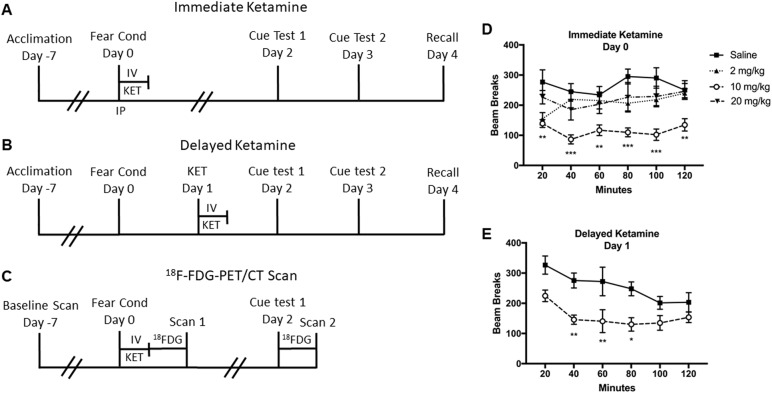Fig. 1. Experimental design and locomotor activity during the IV ketamine infusion.
A Immediate ketamine experiment. Animals were subjected to fear conditioning in Context A followed by a 2-h IV ketamine infusion (0, 2, 10, or 20 mg/kg) or single IP ketamine injection (0 or 10 mg/kg) on day 0. On days 2 and 3, animals were tested on cued fear retrieval and extinction, which consisted of 12 auditory tone presentations without the foot shock in Context B. Fear memory recall was tested in Context A on day 4. B Delayed ketamine experiment. Animals were subjected to fear conditioning on day 0 and received a 2-h IV ketamine infusion (0 or 10 mg/kg) on day 1. Animals were tested on cued fear retrieval and extinction on days 2 and 3, followed by fear recall testing on day 4. C FDG-PET and CT experiment. Animals underwent a baseline FDG-PET/CT scan, 1 week before the fear conditioning and ketamine infusion. Animals were subjected to fear conditioning followed by a 2-h IV ketamine infusion (0 or 10 mg/kg) on day 0. Immediately after the ketamine infusion, animals were scanned with 18F-FDG-PET/ CT (Scan 1). On day 2, animals were tested on cued fear memory retrieval and extinction, and then scanned with the 18F-FDG-PET/CT (Scan 2). D Spontaneous locomotor activity during the ketamine infusion given immediately after fear conditioning. The ketamine infusion (10 mg/kg) significantly reduced locomotor activity during the infusion period. E The ketamine infusion (10 mg/kg) given 1-day after fear conditioning also reduced locomotor activity during the infusion period. Data are shown as mean ± SEM (*p < 0.05, **p < 0.01, ***p < 0.001 vs. saline controls)

